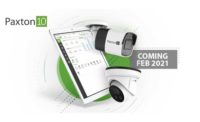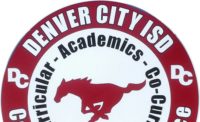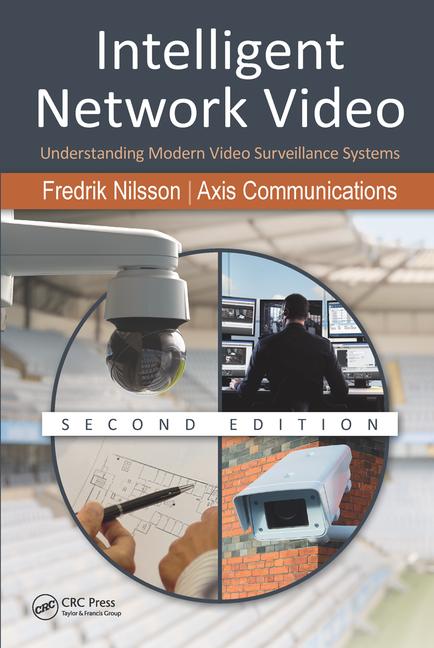Texas is famous for doing everything big, and the Dallas Cowboys football stadium that opened in 2009 is no exception. With three million square feet, the stadium is the largest indoor facility in the United States and the largest domed stadium in the world. It has more than 300 luxury suites, 1,100 concessions and a total capacity of more than 100,000.

|
|
With three million square feet, the stadium is the largest indoor facility in the United States and the largest domed stadium in the world. Photo Courtesy of Siemens |
The access control and video surveillance system at the stadium — which has more than 300 video surveillance cameras and about 1,000 access control readers — is equally impressive.
“From a security camera side, we were trying to make sure we provided adequate security coverage and outside-facing capability so we could use the cameras to monitor the parking lot and help manage the traffic flow in and out of the stadium before and after events,” explains Bill Haggard, director of enterprise structure for the Dallas Cowboys. “For access control, we wanted to limit access to different areas of the stadium to authorized individuals.” In particular, he notes, “we wanted to secure access to luxury suites.”
A large project specialist
After a decision-making process that lasted about two years, the Dallas Cowboy organization chose Siemens Industry Inc., Buffalo Grove, Ill., as the general contractor for the security installation at the stadium. Although the two organizations had not worked together previously, the Cowboy organization was impressed by Siemens experience with other large projects.
“We tend to excel at larger projects,” comments James Holden, senior sales executive for Siemens, who worked closely on the Cowboys stadium project. “We’re extremely experienced in this market and that became apparent early on in the process as we were invited to more and more meetings.”
Siemens personnel worked collaboratively with the people at the stadium in planning the video and access control systems. The previous stadium had only 16 video cameras and did not have access control. Siemens helped make decision-makers aware of the wide range of capabilities that were available to them.
One enhancement Siemens suggested was to make sure the access control and video systems could communicate with one another, recalls Holden. If an alert were to be triggered by the access control system, Siemens didn’t want security guards to have to pull up a separate system to view the associated video, Holden explains.
It was another two years from the time the decision to work with Siemens was made until the installation was completed. Holden says the biggest challenge involving the installation was managing numerous contractors. Siemens had a trailer on site during stadium construction, which helped provide a central coordination point and a place to which contractors with questions could turn.
The stadium had to be fully operational in time for the 2009-2010 football season, with the first game scheduled for September of that year. And to give the Cowboy organization sufficient time to get everything ready, the security system had to be operational several months before that. “Not making a certain date was really not an option,” notes Haggard.
Custom-made for a modern stadium
The video and access control systems were fine tuned to meet the requirements of a modern stadium—such as preventing unauthorized access to luxury suites. By installing a card reader at each suite, the Cowboy organization was able to secure access without using keys, which could be lost, stolen or used in an unauthorized manner. An added advantage is that the organization now has a record in the system of all entries and exits, including date, time and the user’s identity.

|
|
The stadium has more than 300 luxury suites and the access control system installed by Siemens helps prevent unauthorized access to the suites. Photo Courtesy of Siemens |
The stadium also uses access control to monitor everything from food service areas to kiosks used by its telecommunications supplier. The roster of authorized personnel is constantly changing, but the Cowboys’ security staff is able to easily keep up with changes, adding and deleting credentials as needed.
“Being able to track where people go from the access control side is a great thing to have,” comments Haggard. “If someone leaves and takes a key fob, we just turn it off.”
On the video side, an important function of the system is to help control vehicle traffic entering and leaving the parking lot. By viewing cameras connected via a wireless mesh network in the parking lot, decision makers can open additional gates and direct traffic in a different direction as needed to help ensure that fans can gain easy entry and exit to and from events. The City of Arlington also has employees on site at the stadium who use the video surveillance system, adjusting traffic signals in the vicinity of the stadium as needed to accommodate traffic flow.
The Cowboy organization has been pleased with the video and access control system operation. “The access control system makes sure people don’t get where they’re not supposed to” and has addressed any potential suite crashing issues, comments Haggard.
By using cameras as extensively as it did, the Cowboy organization also has been able to minimize the amount of security guards required without compromising security. “One or two security people can view the majority of the stadium at one time,” Haggard explains. “Without that visibility we would have to increase our security staff.”
The video system also helps in determining where security guards should be deployed.
“Situational awareness has been greatly enhanced,” observes Holden. “Security personnel can respond more intelligently. They know how to respond and where because they have the right tools.”








